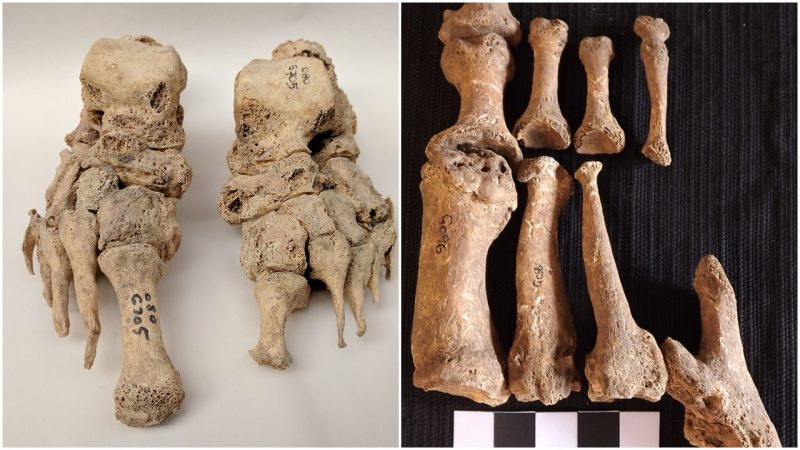Research reveals that in the Middle Ages, different strains of Mycobacterium leprae thrived in Europe as the gruesome disease commonly called leprosy raged, known for causing excessive damages to the skin and nerves. The disease, which can also affect the respiratory system and eyes, is today considered eradicated in Europe, but in other parts of the world, it is still a problem, with over 200,000 people being newly infected every year.
A research team drawn from several European universities investigated the extent to which the dangerous bacteria and its strains were present in Europe during medieval times. Scientists have reportedly managed to sequence 10 previously unknown genomes of the Mycobacterium leprae, which is responsible for generating leprosy. The results hint at a greater diversity than previously considered.
The research shatters previous assumptions about the disease’s origins and how it spread. The oldest revealed M. leprae genome that was sequenced in the study links to the remains of a victim who most likely lived in the early 5th century in a region that is now part of the United Kingdom.
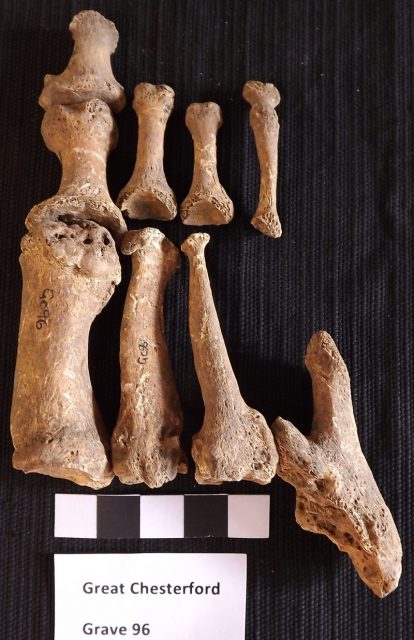
leprosy. This is the oldest known case of leprosy in the United Kingdom./Photo credit:/Sarah Inskip
Earlier research on the M. leprae already showed that the appalling bacteria clustered itself in different strains, but only two of them were associated with Europe of the medieval era. The new research, included in a study published in May 10, 2018 issue of the PLOS Pathogens journal, sheds light on the origins and the historical journey of the disease. For this effort, scientists looked at a more significant number of samples from different areas of the Old Continent.
The research effort was supported by scientists from the Max Planck Institute for Science of Human History as well as from the University of Cambridge, the University of Tübingen, and the Swiss-based EPFL Lausanne and the University of Zurich.

St. Jørgen cemetery in Denmark, which was established in 1270 and
existed until 1560.
/Photo credit:/Dorthe Dangvard Pedersen
It was the skeletal remains of about 90 individuals, subjected for examination, that led scientists to entirely reconstruct 10 new genomes of the M. leprae. All were dated in between 400 A.D. and 1400 A.D. In some cases, the same gravesite supplied various strains of the bacteria, further supporting the theory of an abundance of different strains on the continent. Some of the variants are still present today but in different regions around the world, including the Americas.
“We found much more genetic diversity in ancient Europe than expected,” said Johannes Krause of the Max Planck Institute and senior author of the newly published study in a press release. Krause confirms “that all known strains of leprosy are present in Medieval Europe, suggesting that leprosy may already have been widespread throughout Asia and Europe in antiquity or that it might have originated in western Eurasia.”
The team reconstructed a genome of the disease from the remains of a young man from Great Chesterford, in Essex, England, and dated in between 415 A.D. and 545 A.D. This makes the 5th century victim the carrier of the oldest M. leprae genome sequenced so far. The Great Chesterford man is among the earliest known victims of the dreadful disease in the U.K. The research further indicates the strain matches with the one found among red squirrels nowadays.
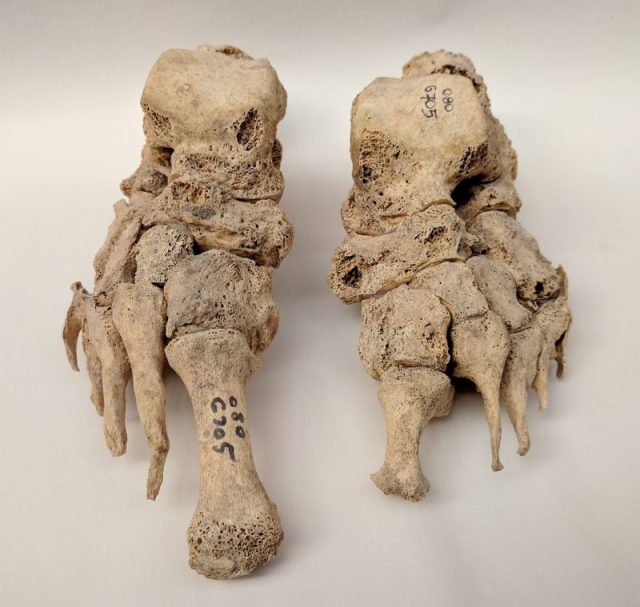
St. Jørgen cemetery in Denmark,which was established in 1270 and existed
until 1560.
/Photo credit:/Dorthe Dangvard Pedersen
The fluffy-tailed animal may have hosted the bacteria ever since medieval times and might have played a significant role in spread the disease among humans as fur trade started to flourish among different countries. That the squirrels carry leprosy is a relatively new finding, one which scientists reportedly highlighted only a few years ago when cases of this animal suffering from adjacent symptoms like skin lesions were noticed in Scotland, and the cause was traced to the bacteria.
Scientists have further commented that the Essex victim as an early carrier of the disease is of particular importance because he may offer a deeper understanding of how the disease spread in England. “During the analysis of the young man from Great Chesterford it was crucial to undertake genetic analysis to complement the identification of leprosy lesions, especially as they are characteristic, but not conclusive indicators of the disease,” said Dr. Sarah Inskip from the University of Cambridge and one of the new study’s co-authors.
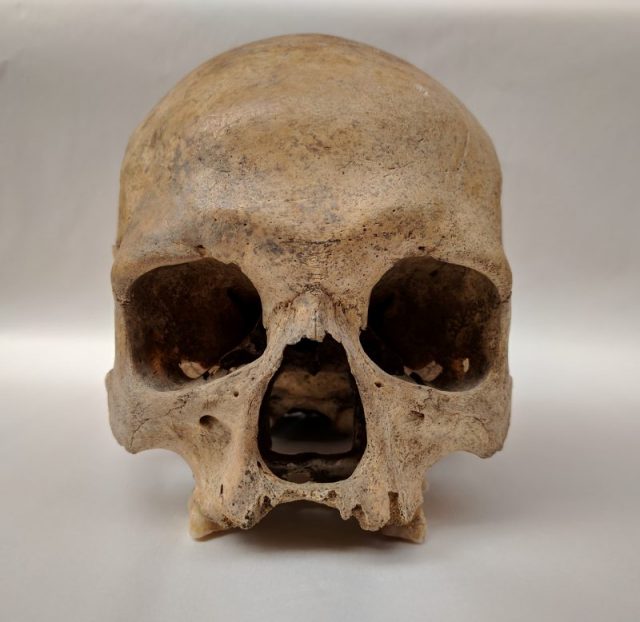
St. Jørgen cemetery in Denmark,which was established in 1270 and existed
until 1560.
/Photo credit:/Dorthe Dangvard Pedersen
However, the research doesn’t reveal the entire narrative of the disease’s origin and the manner in which it spread in the past. There are more accounts that suggest leprosy victims existed long before the Middle Age, and none such remains have been appropriately inspected, according to Verena Schuenemann from the University of Zurich and lead author of the study. Future research has to give a significant focus on preferably earlier cases than those subjected to the current effort.
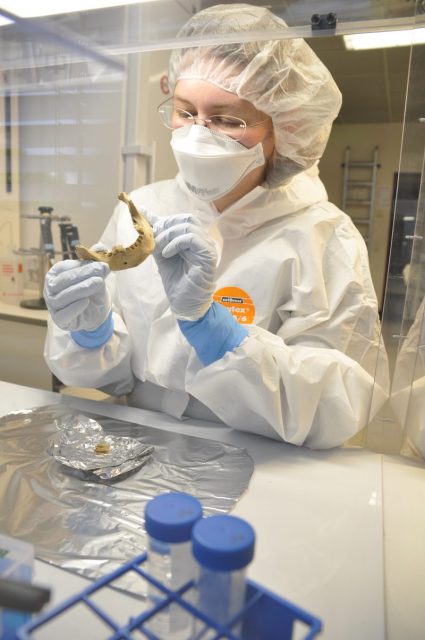
University of Tuebingen.
/Photo credit:/Johannes Krause
Up until the announcements that squirrels are carriers of the infection, it was thought THAT only humans and armadillos could have it. In the U.S., bacteria that causes leprosy has been identified among armadillos. Just three years ago, there was even an increase of leprosy cases among people reported in the state of Florida and attributed to human-armadillo contact. The disease, also called Hansen’s disease, is still present in other parts of the world such as India. It is seen in areas that have high poverty levels.
According to the World Health Organization, in the past 20 years, leprosy has affected over 15 million lives around the world.
